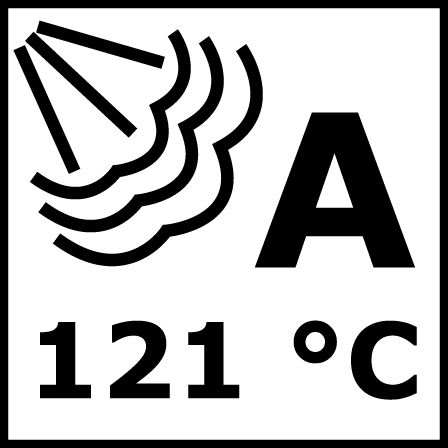Content:
100
Product number:
6205011
Product information "Membrane filters, cellulose acetate"
Type 111. Resistant to steam sterilisation up to 134 °C, or in dry heat up to 180 °C. Very low adsorption (important when filtering proteinaceous solutions). Suitable for particle removal and ultracleaning of aqueous solutions, methanol, ethanol, high-grade alcohols and residue analysis of fuels and oils. The extractable content of these filters make up <1% of their weight. Other pore sizes and formats available on request.
Other patterns are available on request.
Other patterns are available on request.
| Colour: | White |
|---|---|
| Manufacturer Article Number: | 12342--47------N |
| Material: | Cellulose acetate (CA) |
| Max. temperature resistance: | 180 °C |
| Pore size: | 5.00 µm |
| Type: | 11 |
| UNSPSC: | 41104921 |
| Ø: | 47 mm |





